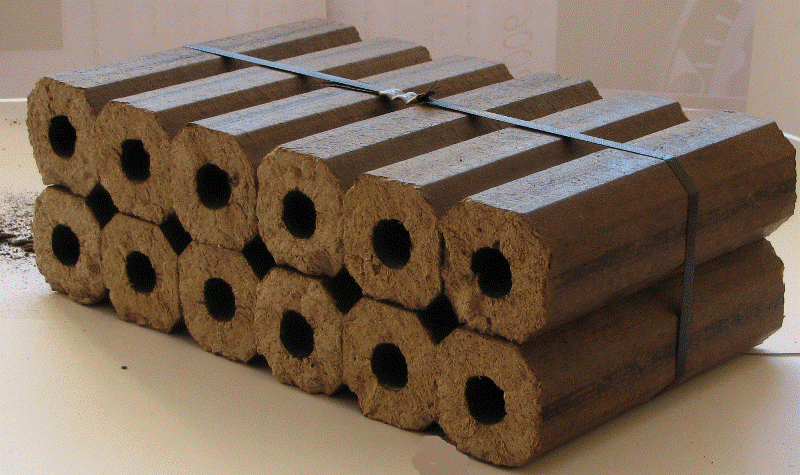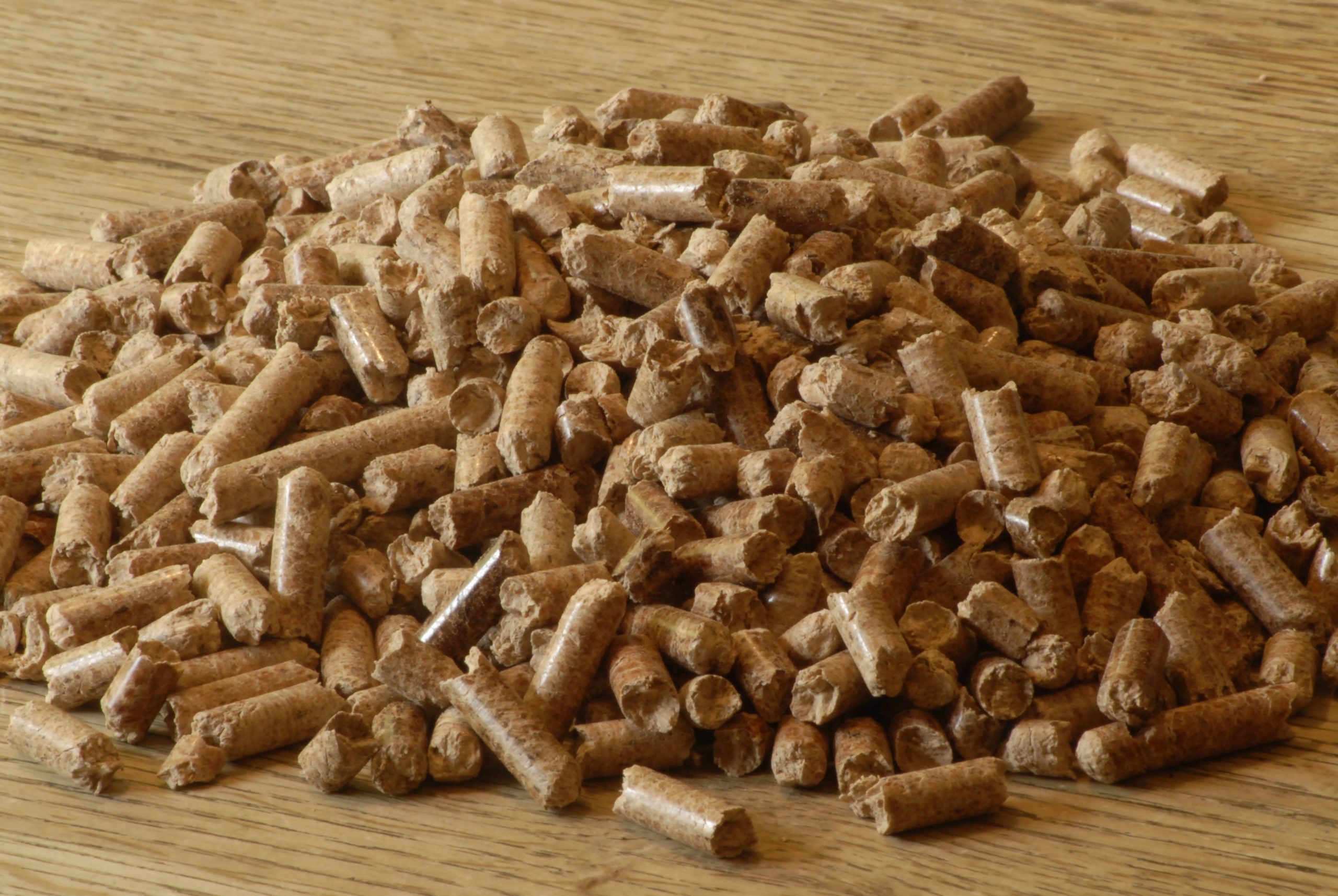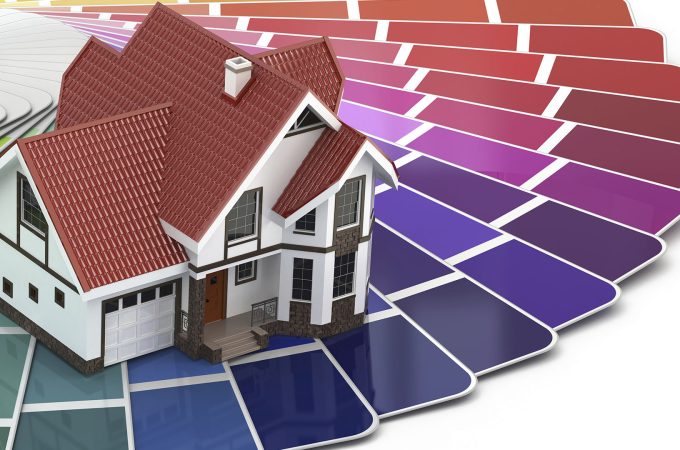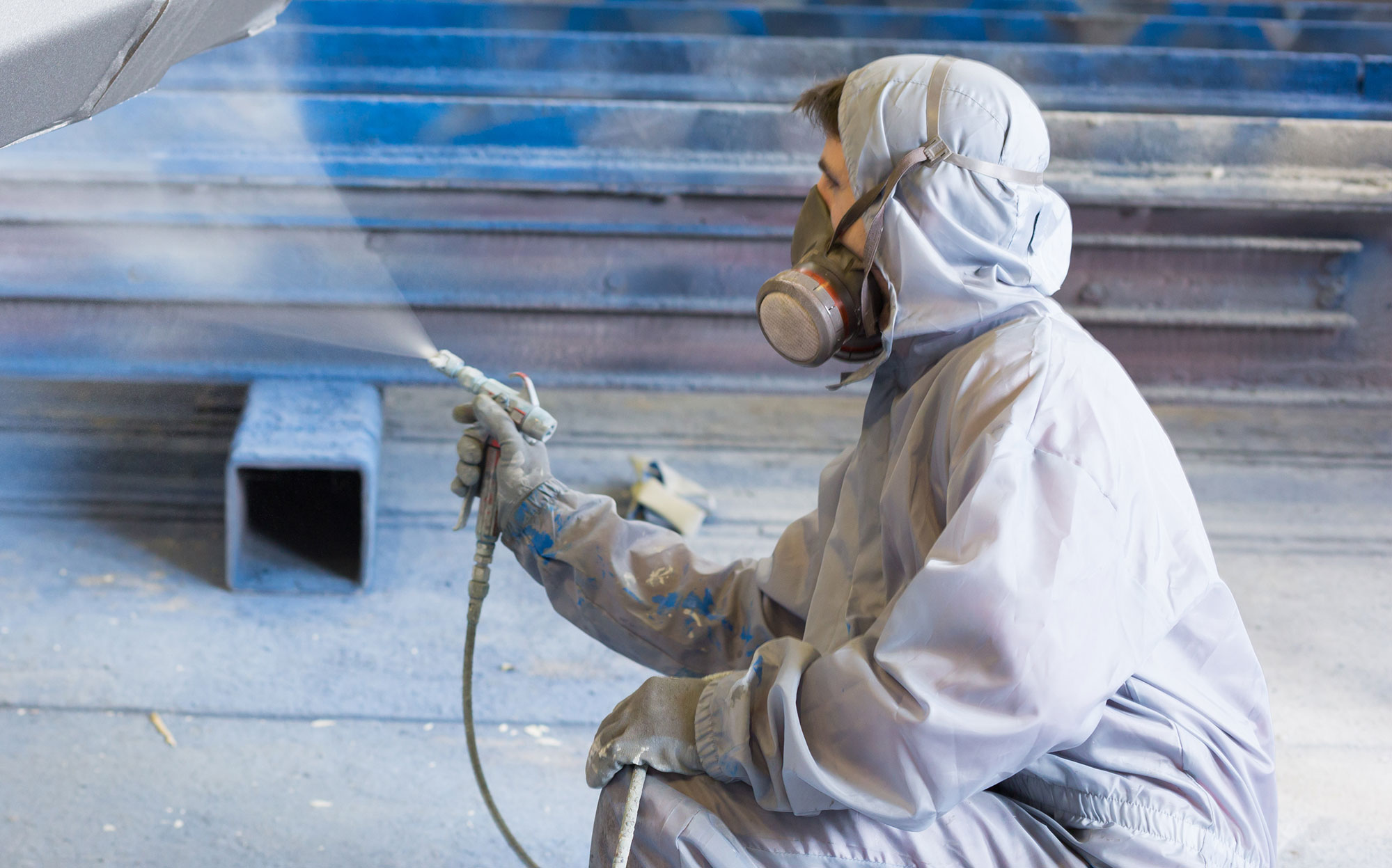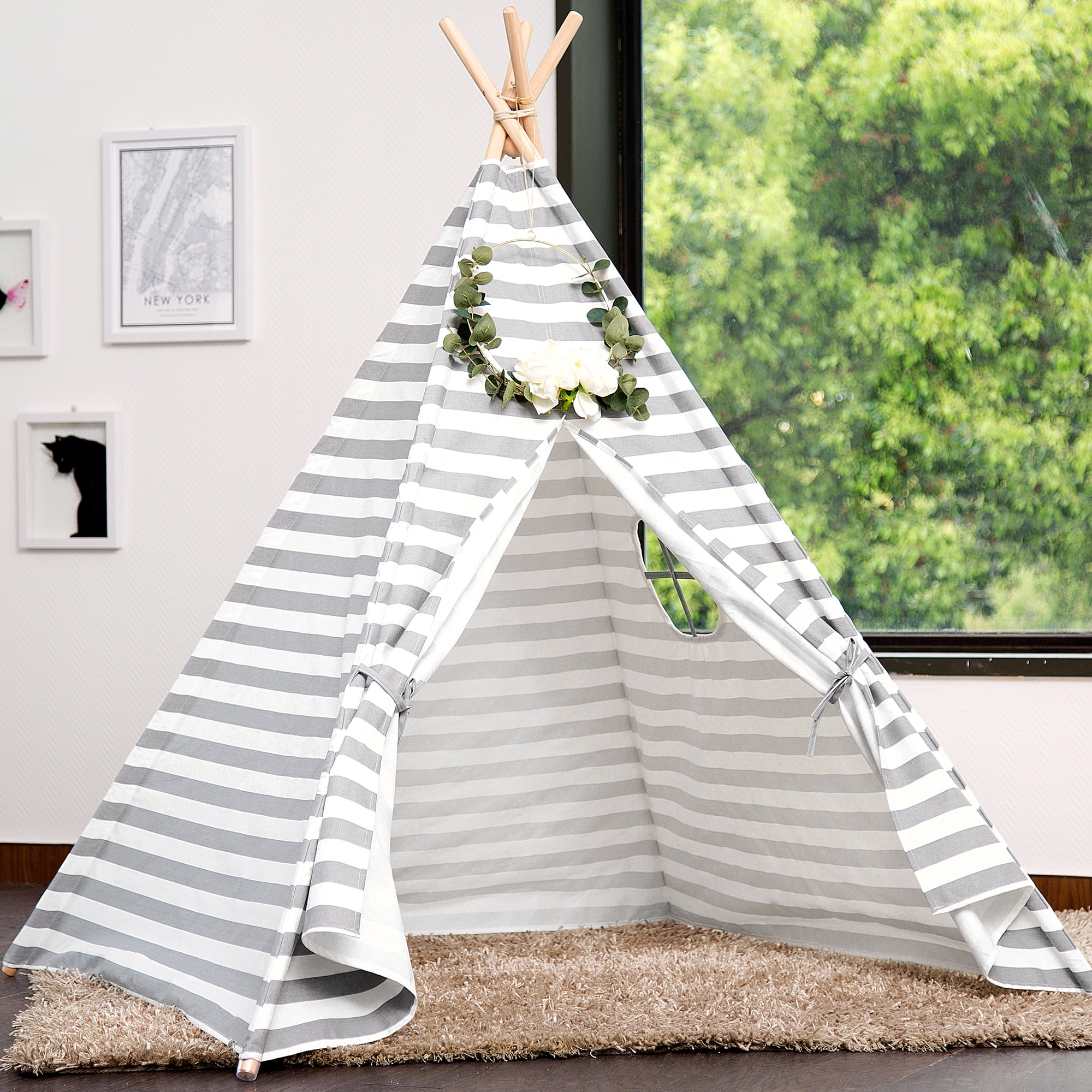In a world where environmental consciousness is becoming increasingly vital, individuals and businesses are seeking ways to minimize their ecological footprint. When it comes to home improvement projects, choosing an eco-friendly residential painting company is a great step towards creating a sustainable living space. Not only does it contribute to the planet’s health, but it also ensures that your home remains a safe and healthy haven for your family. This guide explores the various aspects of eco-friendly painting services, helping you make informed choices for a greener home.
1. The Rise of Eco-Friendly Painting
With environmental concerns taking center stage, the painting industry has witnessed a surge in eco-friendly practices. Many residential painting companies adopt sustainable methods, materials, and techniques to provide a green alternative to traditional painting services. This shift is not just a trend; it’s a commitment to a more sustainable future.

2. Choosing Low-VOC and Non-Toxic Paints
Volatile Organic Compounds (VOCs) are harmful chemicals commonly found in traditional paints. When choosing a residential painting company, opt for low-VOC or non-toxic paints. These alternatives reduce air pollution and create a healthier indoor environment by minimizing the release of harmful substances.
3. Recycling and Proper Disposal
An eco-friendly residential painting company will prioritize responsible waste management. This includes recycling paint cans and proper disposal of leftover paint. By choosing a painting service that embraces recycling practices, you contribute to reducing the overall environmental impact of the painting process.
4. Energy-Efficient Techniques
Beyond the choice of paint, sustainable painting practices also involve energy-efficient techniques. This may include using tools and equipment designed for energy conservation, such as low-energy consumption sprayers and drying systems. By minimizing energy usage, these companies further decrease their environmental footprint.
5. Local and Sustainable Sourcing
Consider a residential painting company that values local and sustainable sourcing of materials. Locally sourced paints and materials support the community and reduce the carbon footprint associated with transportation. Additionally, paints made from sustainable materials contribute to the overall eco-friendly approach.
6. Longevity and Durability
An often overlooked aspect of sustainable painting is the longevity and durability of the paint used. Eco-friendly paints are designed to withstand the test of time, reducing the need for frequent repaints. This saves resources and minimizes the environmental impact associated with the manufacturing and disposal of paint.
7. Certifications and Eco Labels
Reputable eco-friendly painting services often carry certifications and eco labels. Look for companies that adhere to recognized standards for environmental responsibility. Certifications such as Green Seal or the EcoLogo Certification ensure that the painting company is committed to eco-friendly practices throughout their operations.

8. Client Education and Engagement
A truly sustainable residential painting company goes beyond the brush strokes and engages clients in the process. Look for companies prioritizing client education, providing insights into the eco-friendly choices made during the painting project. This transparency builds trust and empowers homeowners to make informed decisions about their homes.
In conclusion, opting for an eco-friendly residential painting company is a step towards a greener and healthier home. By considering factors such as low-VOC paints, recycling practices, energy efficiency, and sustainable sourcing, you contribute to a more sustainable future. Choose wisely, and let your home reflect not just your style, but also your commitment to the environment.




